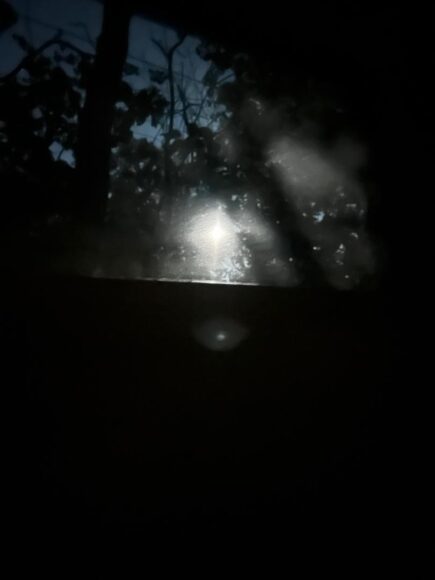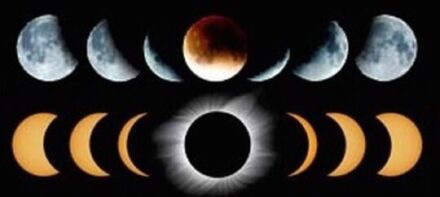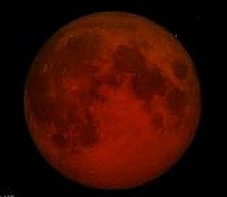
Called the “Worm Moon” because beetle larvae started emerging from tree bark as noted by Captain Jonathan Carver back in the 1760s when he visited the Naudowessie (Dakota) and other Native American tribes, the name did not refer to worms coming out of the ground as once supposed.
Some other names, also from Native American tribes, are Eagle Moon, Goose Moon (Algonquin, Cree), Sugar Moon (Ojiibwe) and the Wind Strong Moon (Pueblo).
But depending on when it comes, before or after the Spring Equinox, it is also called the Lenten or Paschal Full Moon. This year, the equinox was March 19, so it’s the Paschal Moon.
Whatever you want to think of the March’s full moon name, it will be rising early March 25 with peak illumination at 3 a.m. ET but it will appear full this Sunday night, March 24 beginning at sunset. To find the moon rise time in your area go to Almanac. It also will appear full March 26.
Special effects: “Moonbow” and “super illusion”
A Moonbow is similar to a rainbow because it is an arc caused by rain but happening at night with a little bit of moonlight and raindrops.
The full moon’s super illusion is how large it will appear when it is rising at the horizon. For more full moon information visit Old Farmer’s Almanac/Worm Moon, TimeandDate.
However, March 24-25 has another event so as the ads used to say, “But wait.”
EarthSky notes there is another kind of lunar eclipse, the penumbral lunar eclipse which will be happening so the moon may seem to be in a shadow. The moon eclipse happens with a full moon as the sun, Earth and moon are lined up with Earth is in the middle casting a shadow on the moon.
There are three types of lunar eclipses: Total, partial and penumbral, the last of which is happening beginning Sunday.
Translated, that means the greatest part of the lunar eclipse, begun on March 24, will be at 2:12 a.m. CDT March 25 when nearly all of the moon will be inside the Earth’s outer penumbral shadow. Because it is not in Earth’s darker umbral shadow it will appear darkly shaded but not disappear.


